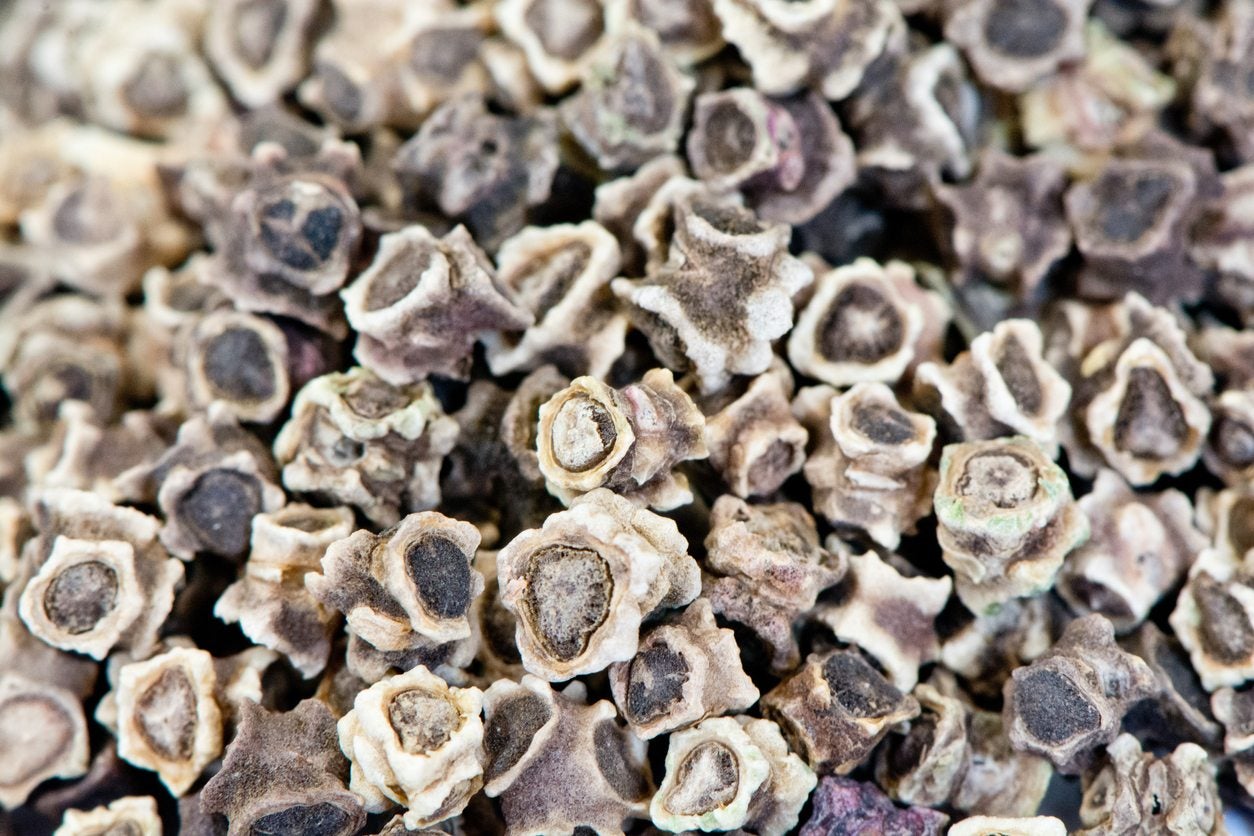Swiss Chard Seed Care: How To Plant Swiss Chard Seeds


Swiss chard should be a staple of any vegetable garden. Nutritious and tasty, it comes in a range of vibrant colors that make it worth growing even if you don’t plan on eating it. It’s also a cold weather biennial, which means it can be started early in the spring and counted on not to bolt (usually) in the heat of summer. Keep reading to learn more about Swiss chard seed care and when to sow Swiss chard seeds.
When to Sow Swiss Chard Seeds
Swiss chard seeds are special in that they can germinate in relatively cold soil, as low as 50 degrees F. (10 C.). Swiss chard plants are somewhat frost hardy, so the seeds can be sown outside directly in the soil about two weeks before the average last frost date of spring. If you want to get a head start, however, you can start them indoors three to four weeks before the last frost date in your area. Swiss chard is also a popular fall crop. If growing Swiss chard seeds in the fall, start them about ten weeks before the average first autumn frost date. You can sow them directly in the soil or start them indoors and transplant them out when they are at least four weeks old.
How to Plant Swiss Chard Seeds
Growing Swiss chard from seed is very easy and germination rates are usually fairly high. You can get your seeds to perform even better, however, by soaking them in water for 15 minutes immediately before sowing. Plant your Swiss chard seeds at a depth of ½ inch (1 cm) in rich, loosened, moist soil. If you’re starting your seeds indoors, plant the seeds in a flat bed of individual seed plugs with two to three seeds in each plug. Once the seeds have sprouted, thin them to one seedling per plug. Transplant them out when they’re 2 to 3 inches (5-8 cm.) tall. If you’re planting directly in the soil, plant your seeds 3 inches (8 cm.) apart. When the seedlings get to be several inches (8 cm.) tall, thin them to one plant every 12 inches (31 cm.). You can use the thinned seedlings as salad greens.
Sign up for the Gardening Know How newsletter today and receive a free copy of our e-book "How to Grow Delicious Tomatoes".

The only child of a horticulturist and an English teacher, Liz Baessler was destined to become a gardening editor. She has been with Gardening Know how since 2015, and a Senior Editor since 2020. She holds a BA in English from Brandeis University and an MA in English from the University of Geneva, Switzerland. After years of gardening in containers and community garden plots, she finally has a backyard of her own, which she is systematically filling with vegetables and flowers.